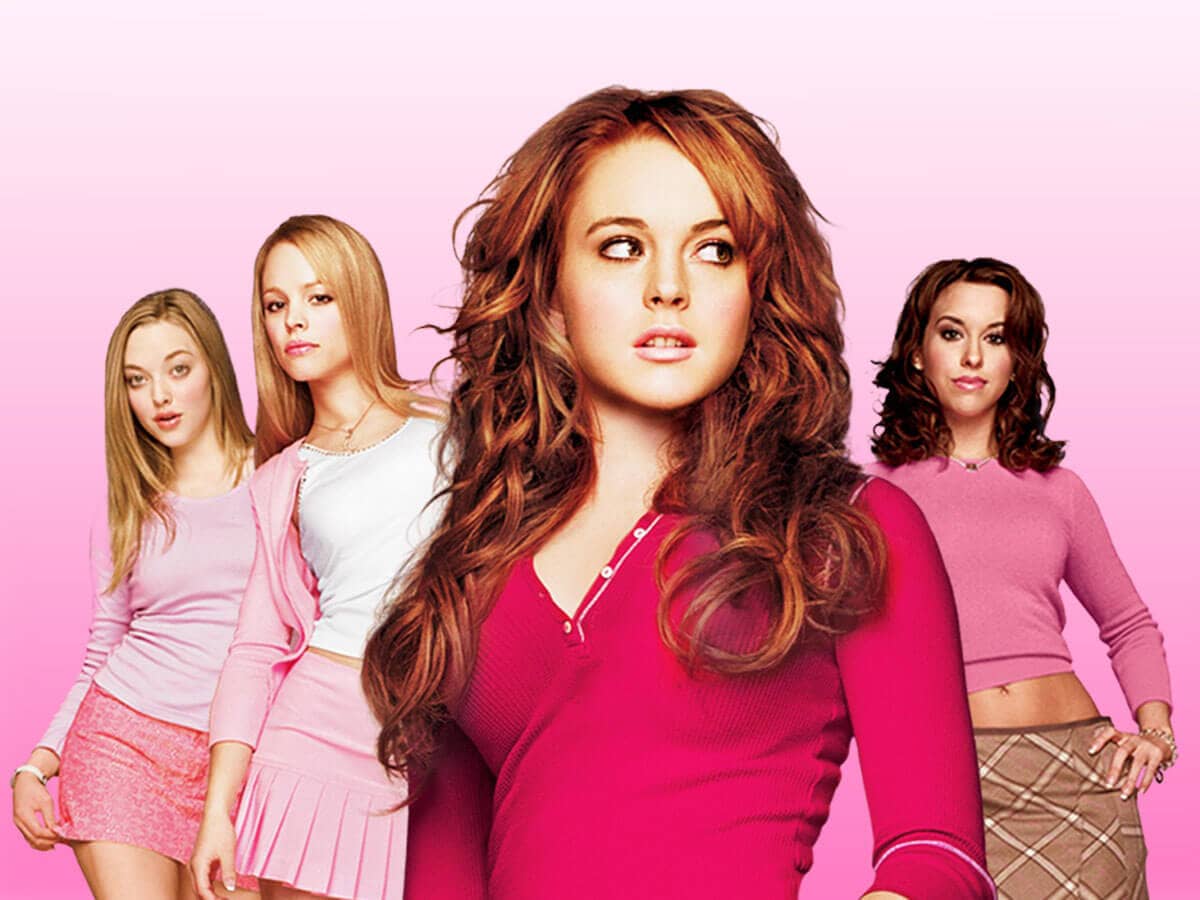Next to Freddy Krueger's scars and overgrown fingernails, or the killers' death mask in "Scream," venerable Count Dracula is a monster who has come to rely more on charms than alarms. Wes Craven, who invented Freddy and "Scream," seems to sense this in his foray into the vampire's layer and with director Patrick Lussier, he has created an intellectual and psychic scare, more than a visual one.
Craven's contribution to the Dracula legend is to put an unorthodox biblical twist on the Transylvanian folk tale. To say how Dracula got into the fix he's in would be to spoil the movie, but suffice it to say the devil plays no role in Craven's reinvention. This Count can recite Jesus' teachings in Aramaic, and unlike like Bram Stoker's character, he doesn't fear God as much as he is ticked off at Him.
The story takes place in three places: present-day London, New Orleans (after Anne Rice, where else would a modern-day vampire go?), and inside Dracula's hidden past. Christopher Plummer, fresh from his acclaimed performance in "The Insider," plays Stoker's vampire slayer, Abraham Van Helsing, who has imprisoned Dracula in a crypt below his London antique store. When Dracula (Gerald Butler) gets loose, he flees to New Orleans to seek out his rival's estranged daughter Mary (Justine Waddell). Mary, in a sense, has been expecting him: Since her falling out with dad, she's been plagued with dreams of Dracula that invade her sleep and psyche.
The most fun Craven has with his revived Count is when Dracula reaches New Orleans and encounters a place comfortably immersed in shadows and chaos. (It doesn't hurt that he arrives in time for Mardi Gras.) The 21st century, with its techno-music and seeming ungodliness, is an unexpected delight, where the vampire can strut around unnoticed dressed in classic Goth wear.
Craven has made his vampire impervious to the usual anti-vampire weaponry: holy water, crosses, the Bible, silver bullets through the heart, and even shadows of churches. In fact, some of the film's best scenes are shot inside New Orleans's Gothic churches. This Dracula is seemingly unbreakable.
But for the most part, "Dracula 2000" falls back on Cravens' patented horror style. The dark humor, vivid gore (though not the worst you'll see this season by any stretch), and the predictable women running-around-half-naked-screaming, are all there. The Bible back story, which provides the movie with its most compelling storytelling and cinematography, is consigned to flashbacks that take up the final 30 minutes. If Craven had allowed himself to give away his surprise at the beginning, the movie might have been more interesting.
As it is, the plotline is erratic and the stock effects--people being turned into vampires and lots of dreamy sequences where the Count appears in a puff of smoke or as a wolf--are choppy, as are the fight scenes, shot in slow motion reminiscent of "The Matrix." Gerald Butler doesn't help matters by sleepwalking through the role of Dracula, looking a little too lost to make us care much about his fate.
For all its commentary on life in the 21st century, the film comes down to whether viewers buy into the biblical drama being played out. God spends most of the film looking unmerciful and even peevish, as Dracula has long since asked his forgiveness and, being refused it, is determined to have revenge. When redemption is held out at the end, the theology becomes secondary to the splashy Hollywood ending and the coda that keeps the door open to turn a Christic character into Freddy Kruegerish franchise.
2016-06-30
2016-06-30
Beliefnet Editor
more from beliefnet and our partners

